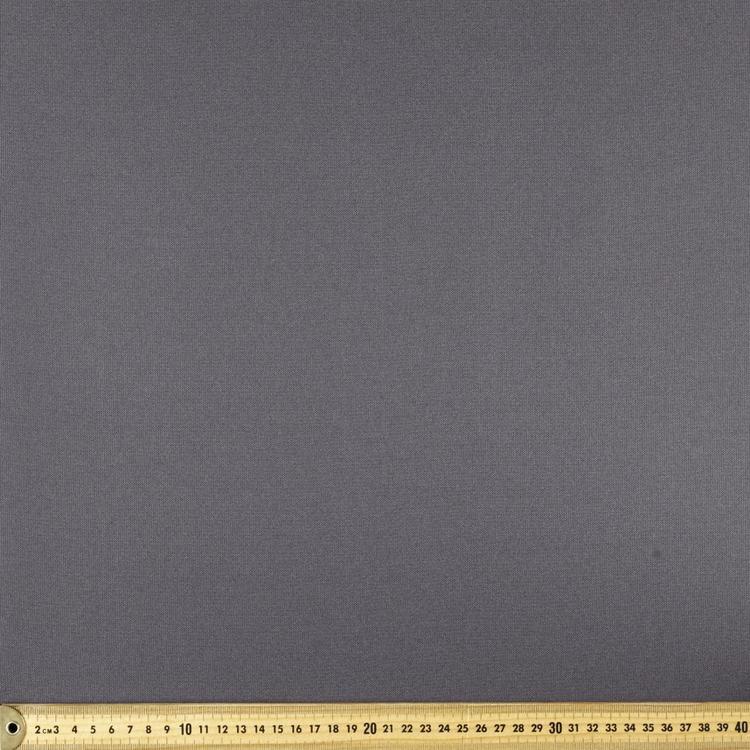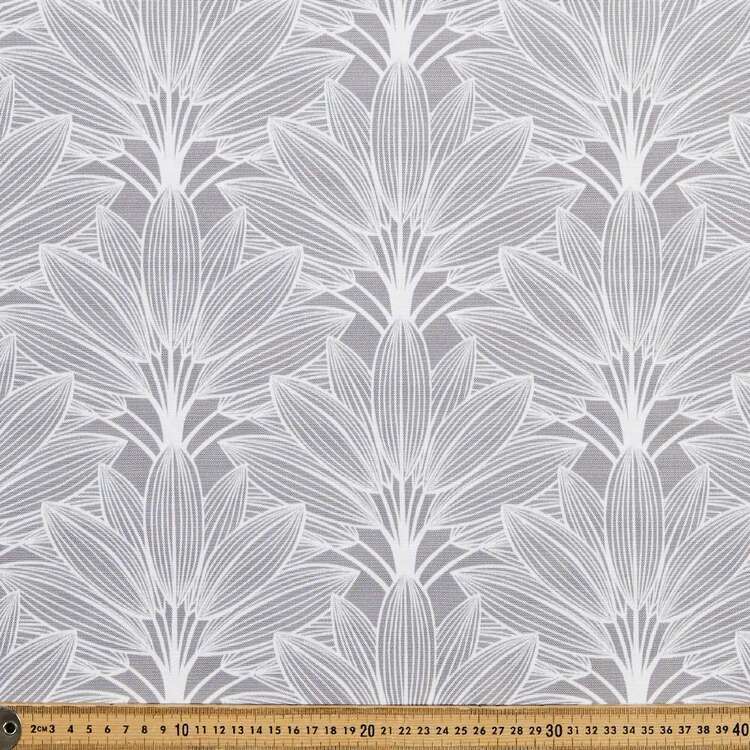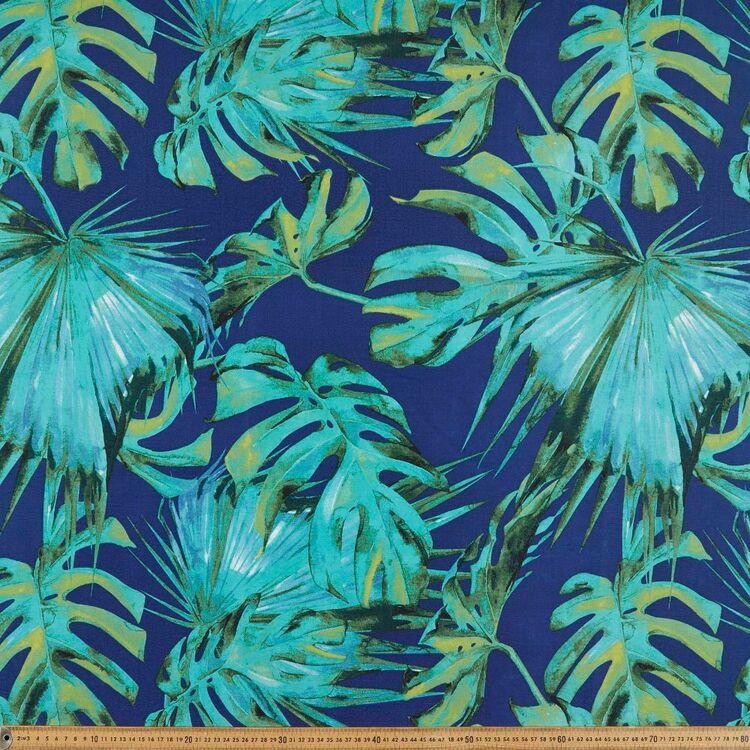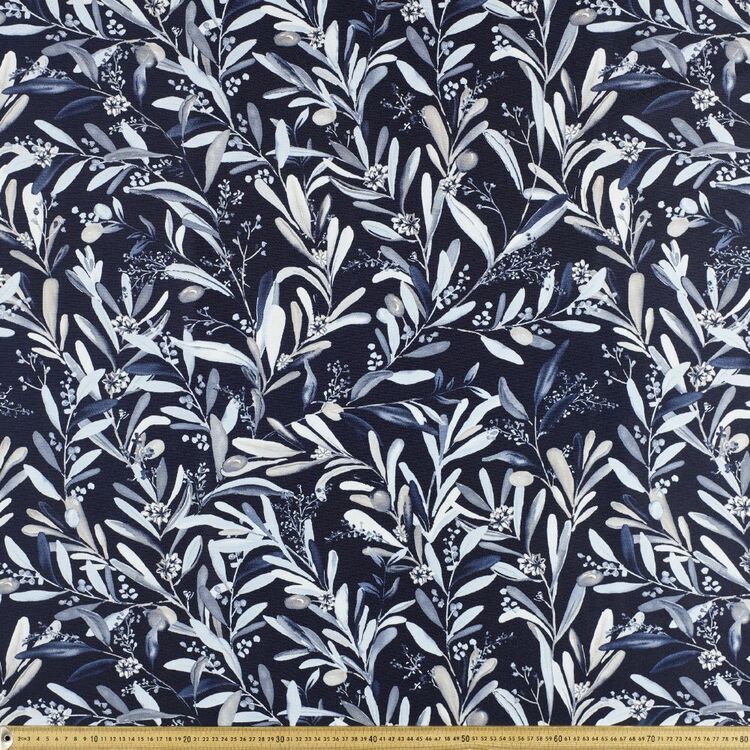 | ||
| Your browser is not supported. | ||
|
Please browse our site using any of the following options:
| ||
Outdoor
Spotlight provides a wide range of outdoor fabrics and materials, suitable for all your outdoor crafting projects. Shop more online or in-store today!
101 items found.
What Are The Best Fabrics For Outdoor Use?
Fabrics are not solely used indoors, as there are many applications for outdoor use too. For example, outdoor fabrics can be used for garden chairs, umbrellas, outdoor cushions, and lots more. So, which fabrics should you choose if you are about to tackle and outdoor fabric project?
Why Is Canvas The Most Used Fabric For The Outdoors?
Canvas is probably one of the best-known fabrics that is used in the great outdoors. In fact, traditional tents are often made with this material, as it provides protection against the weather elements and is durable to boot. Of course, more applications with canvas are now possible.
One of the major additional benefits of canvas is its relatively low cost. Canvas is made from a natural cotton fibre, which is relatively easy to obtain and therefore the cost remains low. Cotton is also a fabric fibre you can easily dye, so if you purchase some plain canvas, you can give it any colour you like.
When using cotton canvas for your outdoor projects, do not forget that some canvas may require a protective finish before you use it. For example, if you dyed your canvas yourself, a protective coating to stop the dye from bleeding will be recommended.
Could I Utilise Duck Cloth For Outdoor Projects?
For many crafters, duck cloth is considered as the upgraded version of cotton canvas. While less known than canvas as an outdoor fabric, duck cloth has a tighter weave, which makes it more durable. Despite the tighter weave, many people find that duck cloth feels more comfortable than cotton canvas. So, if you are looking for cushion cover fabric to put outside, this kind of fabric might be the ideal choice.
When selecting duck cloth for outdoor use, you must take the weight of your fabric into consideration. Heavier weights tend to provide more durability, so if the fabric will get a considerably amount of use, the heavier options might be recommended.
Evidently, there are some reasons why crafters may choose cotton canvas over duck cloth. Duck cloth can be more expensive than cotton canvas and is more difficult to dye. If budget and easy customisation are some of your most important requirements, then you might consider going with cotton canvas instead.
Should I Consider Textilene For An Outdoor Project?
One outdoor fabric you may not have heard of is Textilene, which is made from polyester. To ensure added resistance against the weather elements, this fabric also receives a special coating during the production process. As a result of that coating, crafters can use Textilene for all their outdoor furnishings.
Even though Textilene is fully waterproof and resistant to fading, the one problem with this fabric is its feel. Some people find that the fabric tends to feel like plastic, which is due to the PVC coating this fabric receives. Still, it remains one of the more durable options for outdoor use.
Is Olefin Fabric A Good Outdoor Fabric?
Olefin fabric has increased dramatically in popularity over the years. It is used for outdoor cushion inserts as well as outdoor cushion covers, this due to its natural resistance against sunlight, moisture, and even heat. On the flipside, this fabric has the same problem as Textilene, as it can have a rather plastic-like feel.
Is Vinyl A Better Outdoor Fabric For Durability?
Durability is a major concern for many people who browse outdoor fabrics. Vinyl should be a serious consideration though, especially when you consider it is one of the most durable in this list. Made from polyvinyl chloride, vinyl is sturdy and easy to maintain. Perfect for those who like as little fuss as possible when it comes to the maintenance of their outdoor furnishings.
Despite its high durability, vinyl can be considered as less comfortable. When temperatures rise, vinyl can heat up considerably. If the skin contacts the vinyl directly in those temperatures, it can be overly warm and uncomfortable. However, because this material is so durable, it is often recommended for homes susceptible to damage, this includes homes and gardens with pets or kids. Vinyl is also a recyclable material, even though its environmental impact has been a point of contention for years.































































